Chinese Cabbage Seeds pack of 30 seeds Imported
₹40.00
In stock
Chinese Cabbage are generally grouped according to harvesting season, although some varieties overlap.
If you sow small batches of each type, you can have harvests all year round. All types support same weather, but with different sowing and harvesting times:
| Number of Seeds | 50 seeds |
|---|---|
| Sowing month | Sept to Feb |
| Sowing temperature | 18-30C day time |
| Harvest days | 45-60 days |
| Sun | 2 hour monimum sun |

- Spring cabbages – usually form small, dense, pointed heads. Sow in late summer for overwintering. Pick young as loose spring greens or leave to mature and form heads from mid-spring to mid-summer
- Summer cabbages – available in many shapes and sizes, to suit all sites. Sow from late winter to mid-spring and harvest in mid- to late summer. Bred to withstand summer heat
- Chinese Cabbage Autumn cabbages – often form large heads, so need wider spacing. Sow in mid-spring and harvest before winter.
- Winter cabbages – a valuable crop, for fresh harvests when little else is available. Usually form large heads, so need plenty of space. Sow in late spring. These include crinkly Savoy types and smooth drumheads, as well as attractive red-tinged or purple varieties. Once mature, they often stand in good condition for months until needed. Alternatively, store in a cool, frost-free place
Chinese Cabbage Like most brassicas
cabbages are prone to a number of pest and diseases. A key priority is to cover them with netting or
fleece to keep caterpillars and pigeons away. They should also be gown in a different spot each year to reduce any build-up of problems. For more on protecting cabbages, see Problem solving, below.
Chinese Cabbage are a productive and nutritious crop, rich in vitamins, antioxidants and fibre. They are part of many indian dishes, raw or cooked – made into coleslaw or sauerkraut, sautéed, lightly steamed and added to stir-fries, stews and soups.
| Germination Level | Easy |
|---|---|
| Color | Green |
| Growth Pattern | Up right Straight |
| Hybrid or Open Pollinated | Hybrid |
| Ideal location | Full sun |
| Origin Country | Japan |
Be the first to review “Chinese Cabbage Seeds pack of 30 seeds Imported” Cancel reply
You must be logged in to post a review.



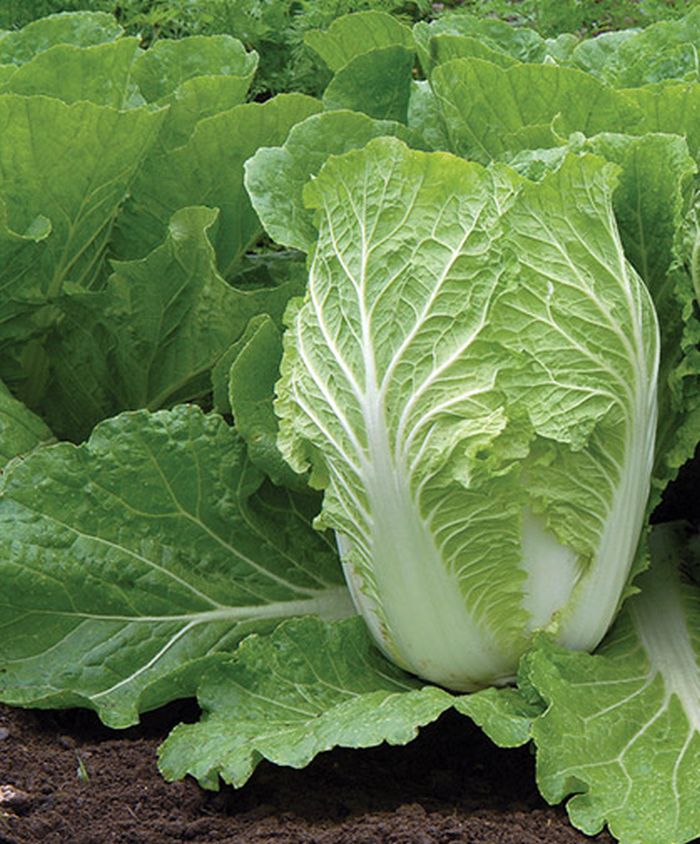
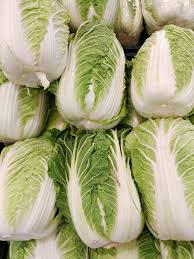
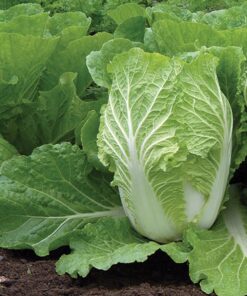
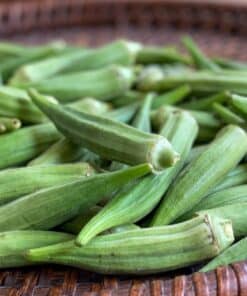
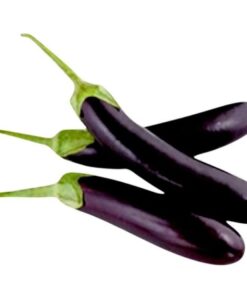
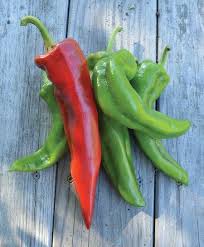
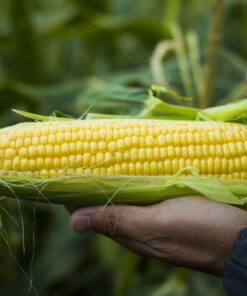
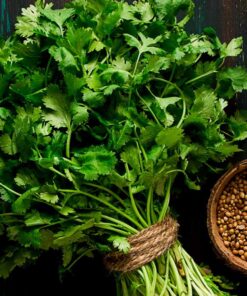
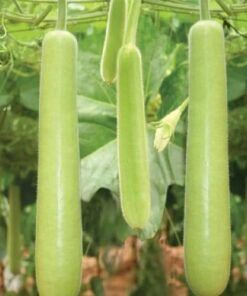
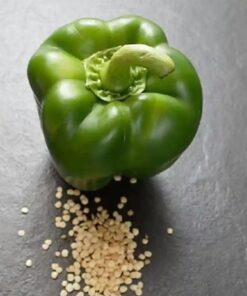
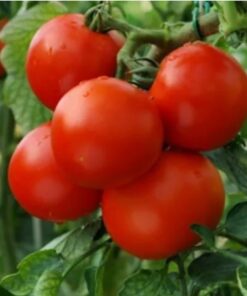
Reviews
There are no reviews yet.